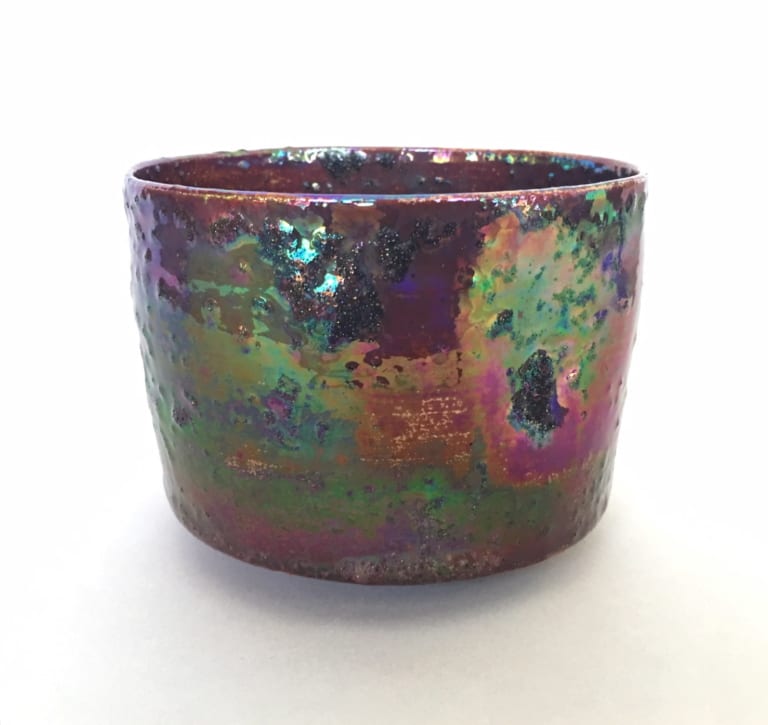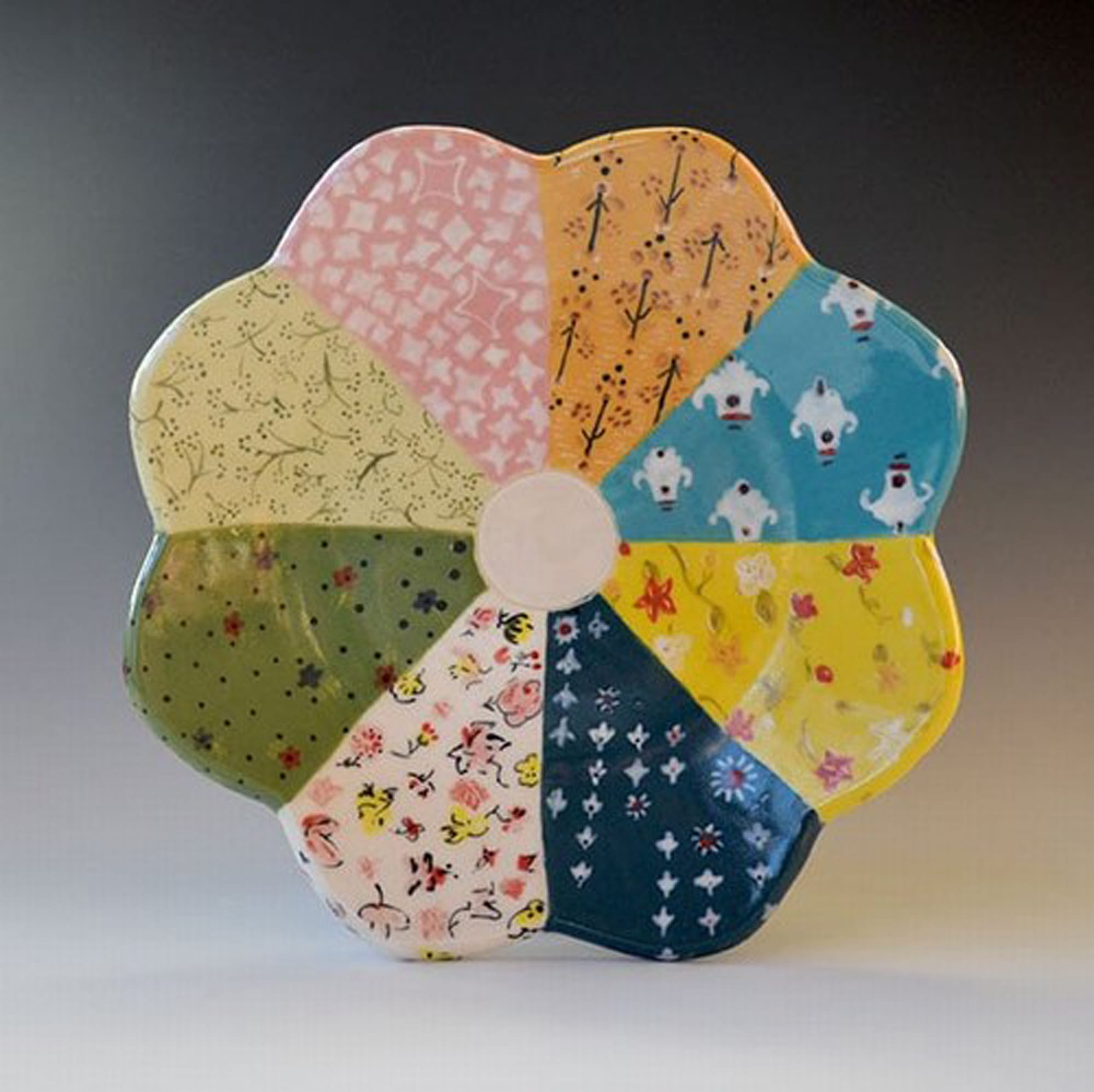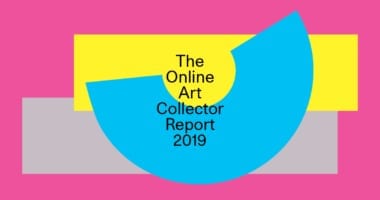About
Boaz Dalit, a New York–based clinical psychologist, shares how he uses Artsy to build his collection of ceramics.
Location
New York
There’s no denying that ceramics has recently catapulted itself into the spotlight of the commercial art world. From international art fairs to independent galleries, ceramics are everywhere today, but it wasn’t always that way. In recent years, the craft has experienced a renaissance and secured its place in the category of fine art.
New York–based clinical psychologist Boaz Dalit is one collector who has amassed an impressive collection of ceramics over the past 15 years. We recently spoke with Dalit to learn how he discovers and acquires new works, and to find out what drives his passion for ceramics.
“I’m mesmerized by what you can do with ceramics,” Dalit mused. “The possibilities are endless—endless techniques, endless ways of doing anything with it—and now I can’t stop collecting.”
Born and raised in Israel, Dalit moved to the United States in 1988. Today, his New York apartment is filled with ceramic pieces of all shapes and sizes. “This was supposed to be a minimalist apartment and it’s anything but,” he said. “I’ve almost run out of space now!”
On his passion for ceramics
For Dalit, the pieces he’s acquired bring a welcome disruption to his typically orderly life. “I’m a psychologist, so I have to be very measured,” he told Artsy. “But when I buy ceramics, it’s slightly chaotic: asymmetrical, bold colors. It’s playful, it’s colorful.
“I try to buy either emerging or mid-career artists,” Dalit continued. “I know artists are excited when they sell something, not because of the money, but excited that they sold something. I like to buy young ones and emerging ones that I know are starting out.”
In addition to admiring and collecting ceramics, Dalit has created some of his own pieces. “I don’t have the patience to do it as more than a hobby,” he said. Still, Dalit’s technical knowledge of the medium informs his taste. “I look at glazes a lot,” he explained. “The glaze is the final moment where the piece talks.”

Sean Ponder, Lustrous Tea Bowl Series #2, 2016. Image courtesy of Beatrice Wood Center for the Arts.
Drawn to unique glazing techniques, Dalit recently acquired a piece by American ceramicist Sean Ponder. “It’s a beautiful bowl, infused with so many colors,” Dalit said. “It’s like a painting on a ceramic; it’s so stunning. When you look at it, every color that exists is there somehow.”
When I buy ceramics, it’s slightly chaotic: asymmetrical, bold colors. It’s playful, it’s colorful.
Boaz Dalit
On using Artsy to grow his collection
As the pandemic took hold in 2020, Dalit continued growing his collection online with Artsy. As he spent more time confined to his apartment, surrounding himself with art brought him much-needed comfort. “Collecting became very important to me especially in lockdown because my prison cell is a gallery—it’s not boring,” he joked. “In lockdown, I’ve been looking at Artsy at three in the morning, four in the morning.”
On Artsy, every feed is designed to show collectors artworks and artists they’ll love. Once a gallery partner uploads a work and adds information about it (medium, edition, etc.), Artsy engages interested buyers with notifications and personalized emails that feature the work.
This kind of personalization is key for collectors like Dalit. “Artsy knows how to provoke me by sending me emails saying, ‘you will like this’ and ‘you will like that,’” Dalit explained, “and then I go into a rabbit hole. I’ve spent four hours going through as [Artsy shows] me more and more and more.”
Another aspect of Artsy’s user experience is its “follow” feature. Once a collector follows an artist or a gallery, they’ll receive personalized notifications every time new works are published.
“If I find an artist that I like, I follow them, and when there is something that is in line with what I want, I immediately buy it,” Dalit shared. This same feature also helps Dalit form long-lasting relationships with galleries online. “I’m loyal to them,” he said regarding the galleries he follows on Artsy. “I always look when [Artsy sends notifications with artworks] from the galleries I follow. I’ve never met them in person, but we have a relationship. I’m loyal to them.”
When it comes to making a purchase, Dalit enjoys Artsy’s effortless buying experience, as well as the help of Artsy’s Collector Support team. “Artsy is very easy to use and the customer service is good,” Dalit said. “Some galleries say they prefer that I buy through [Artsy],” he added. “It’s an easier thing for them.”
One of the first things Dalit looks for when making a purchase is a work’s price. “You know, I’m this way: If I walk by a boutique and the items on the window don’t have a price, I don’t go in,” he said. Dalit is not alone in this sentiment: Collectors report that a lack of transparent pricing is the most significant hindrance to buying art online, and works with visible prices are 3–6 times more likely to sell on Artsy than works without prices.

Rachel Hubbard Kline, Dresden Plate, 2016. Image courtesy of Cerbera Gallery.
If I find an artist that I like, I follow them, and when there is something that is in line with what I want, I immediately buy it.
Boaz Dalit
On what’s next for his collection
“COVID made us realize [that] we have to design our life to be beautiful,” Dalit said. “People should look at objects around them. The smartphone doesn’t make us human, the objects do. Maybe me buying ceramics was my resistance to the flat screens. I want to hold something, I want to walk around it. Everything now is flat in life—it’s tragic.”
Despite canceled fairs and closed exhibition spaces, collectors like Dalit still found ways to continue supporting the artists and galleries they love during the pandemic. In 2020, online art sales surpassed that of general retail for the first time ever. Dalit’s devotion to his collection is unrelenting, and he shows no signs of stopping his acquisitions—even if he’s running out of space to display all the works that bring him so much joy.


